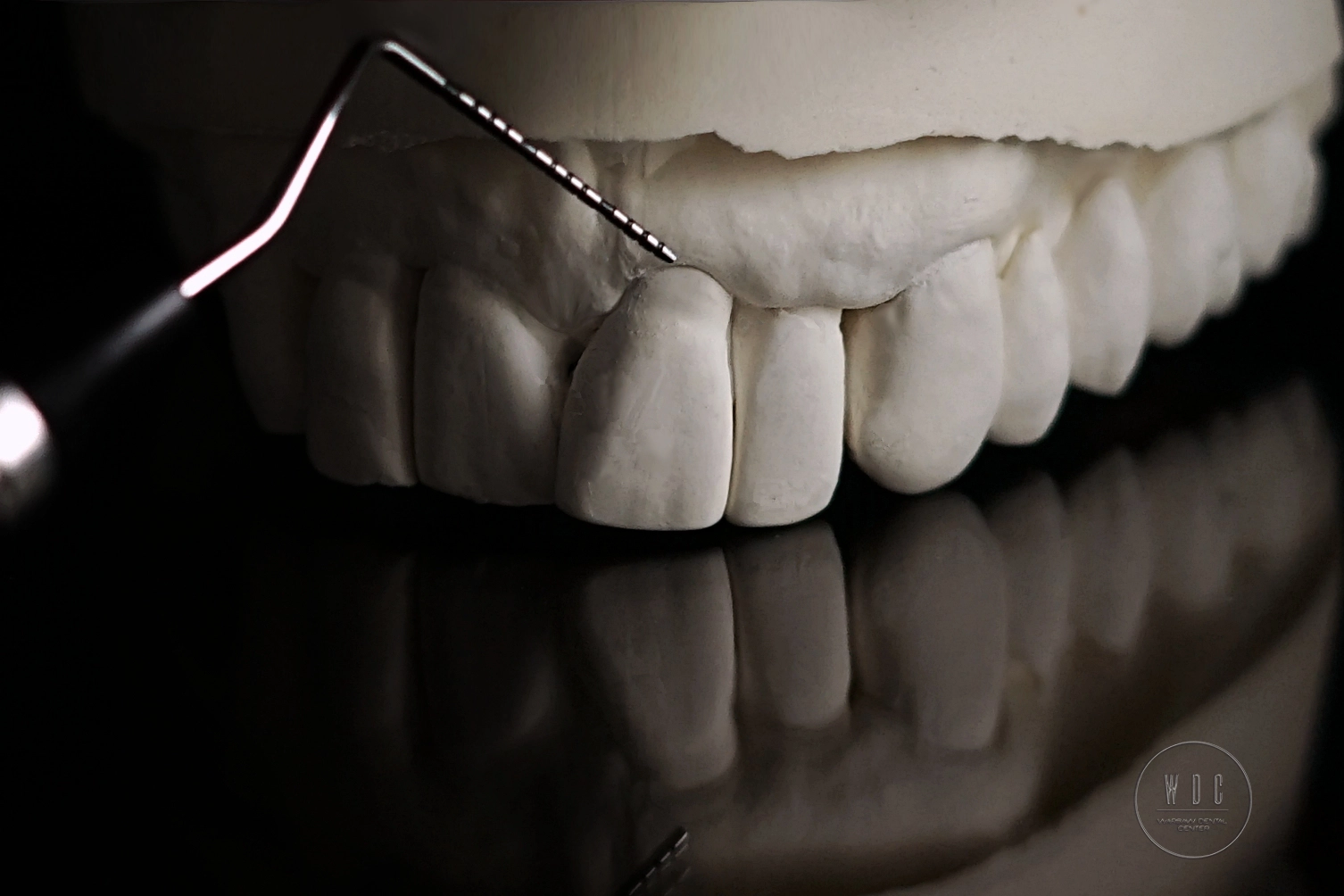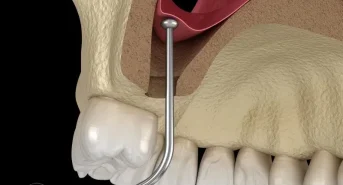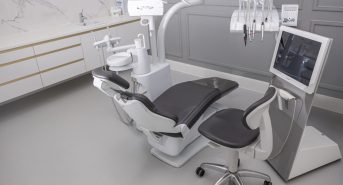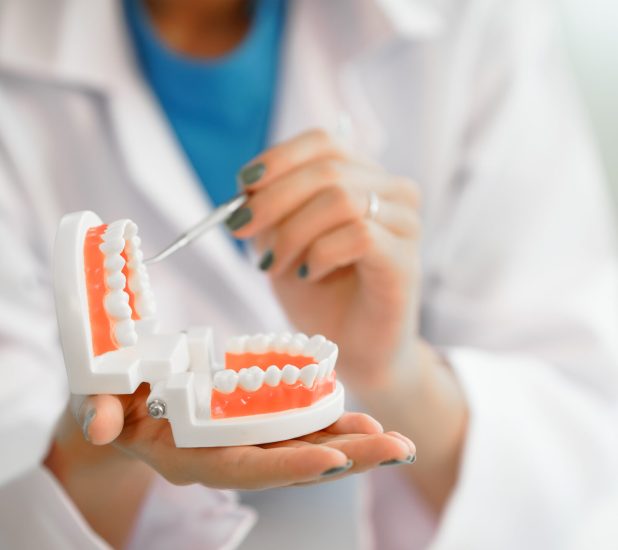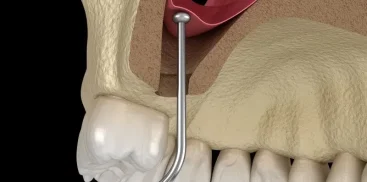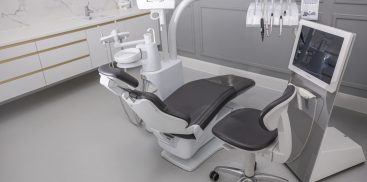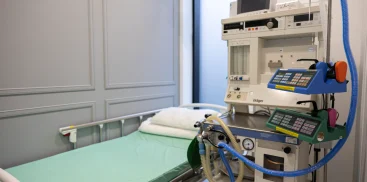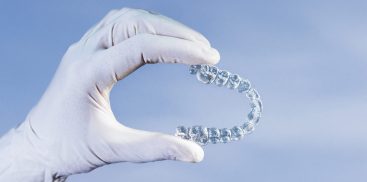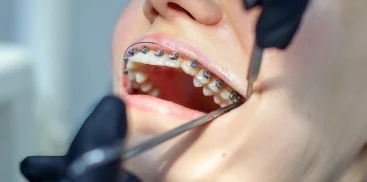Exposed gums and gum recession are one of the periodontal diseases associated with the lowering and receding of the gums.
If left untreated, the problem may contribute to pain and cause tooth hypersensitivity, and ultimately even lead to tooth loss.
To avoid complications, a quick reaction is necessary.
What is gum recession?
Your gums provide your teeth with a nourishing and stabilizing environment. When gum recession occurs, the root surfaces of the teeth become exposed. So when your gums recede (like your hairline), it can increase your risk of root decay, bone loss, and loose teeth. Patients with gum recession often report sensitivity to hot and cold foods and an unsightly appearance of the gums and teeth.
By dealing with receding gums early on, you can avoid the need for more invasive periodontal procedures later. Healthy gums and teeth not only mean good oral health, but also strengthen your overall health.
– recessions, a painful problem.
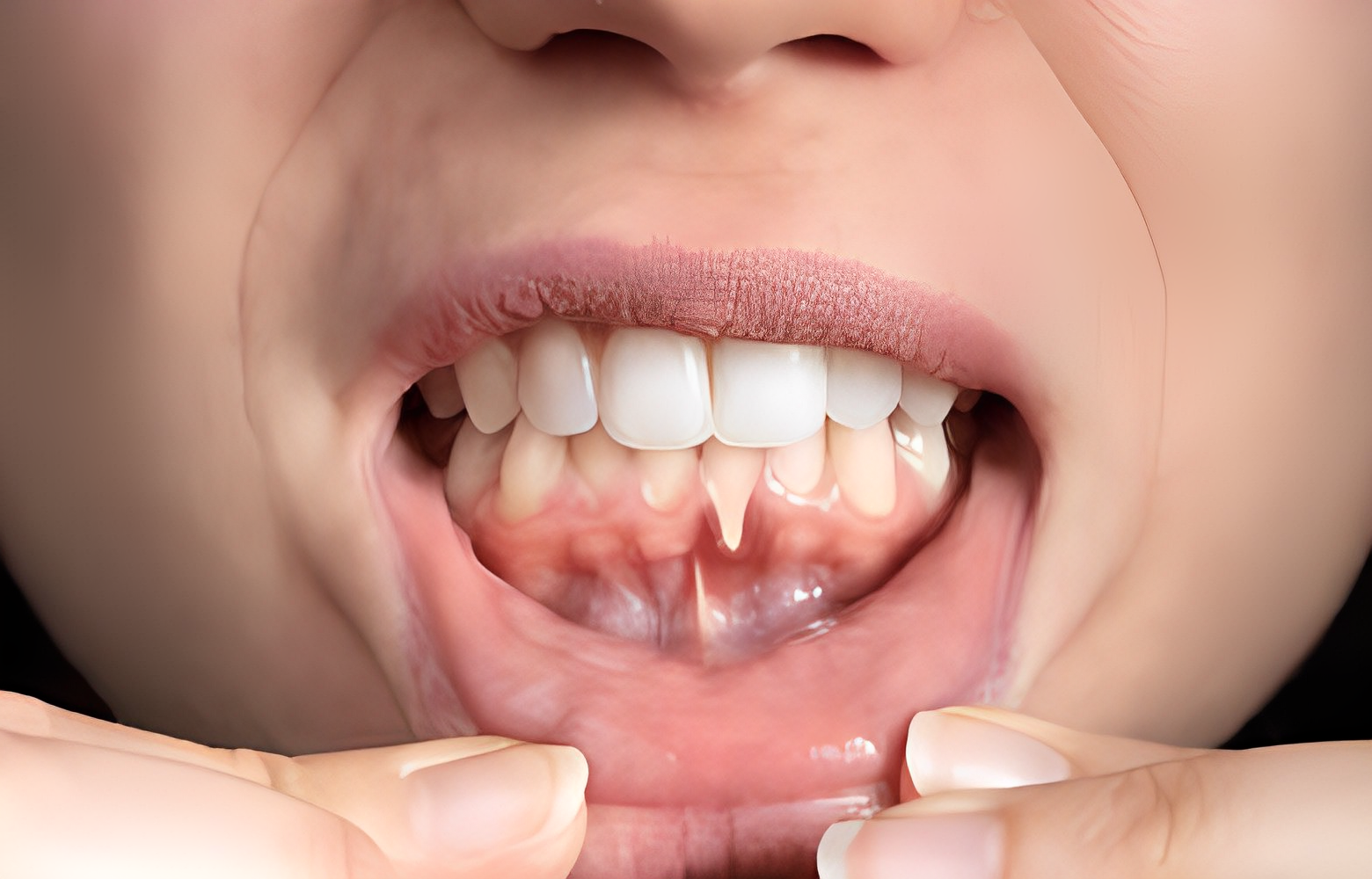
What causes receding gums?
There are many factors that can lead to receding gums.
They include:
-Poor oral hygiene
Lack of sufficient oral hygiene every day can lead not only to the formation of plaque and tooth decay, but also to serious periodontal disease.
-Aggressive brushing
Brushing with too much force, whether with a manual or electric toothbrush, can cause damage. The bristles can damage the delicate tissues of the oral mucosa and even lead to bleeding gums.
-Genetics
Some people are simply genetically predisposed to periodontal disease, despite good oral hygiene habits such as regular brushing, flossing, regular dental cleanings, and checkups.
-Poor teeth alignment
Crooked teeth can cause misalignment of the gums, which may result in receding gums.
-Smoking and chewing tobacco
These habits lead to the formation of a lot of plaque, which can lead to inflammation and irritation of the gums.
-Grinding teeth and squeezing the jaw
Grinding your teeth and squeezing your jaw can contribute to gum recession by weakening the area where the gum meets the tooth root.
Previous orthodontic treatment
Dental necks may be exposed during orthodontic treatment. This is because the forces applied to the tooth while wearing braces can cause bone and gum loss around the tooth root.(1)
What are the symptoms of gum recession?
Receding gums (also called recession) develop at different rates. You may not notice it at first until it is detected by your dentist during a dental cleaning, examination, or when symptoms begin to appear.
When gum recession progresses to an advanced stage, you may notice symptoms such as:
Slight pain and bleeding at the gum line
Exposure of the tooth root (visible in more advanced recession)
Teeth appearing longer due to erosion of the gums, which exposes more tooth surface
Tooth sensitivity – when gum recession leads to exposed roots, teeth become more sensitive to other stimuli such as heat and cold
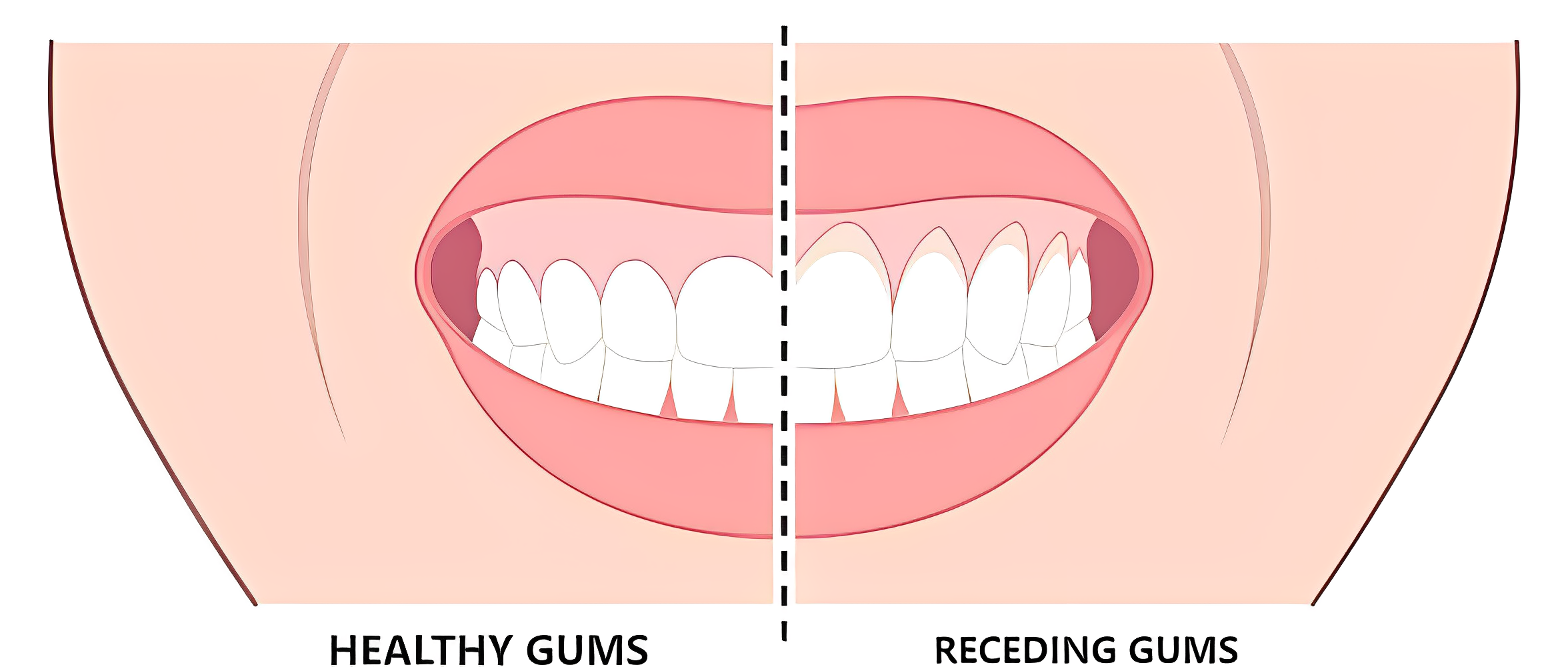
Can gum recession be reversed?
Fortunately, yes. There are different types of treatments for receding gums, but how do you choose the right method? A periodontist will be helpful because, thanks to his experience, he will be able to propose appropriate treatment. The periodontist at Warsaw Dental Center has participated in many training courses in the treatment of gum recession, conducted by the best internationally renowned surgeons, which qualifies him to provide your gums with exactly the treatment they need.
Gum grafting procedure(2)
If your gums have receded to the point that they are causing recurring symptoms, exposing tooth roots, or destabilizing your teeth, the most popular treatment option is to rebuild your natural gums with transplanted tissue.
What does the gum transplantation procedure look like?
A gum graft can be performed in several ways. The most common grafting methods are free gum tissue graft (where a piece of gum tissue is cut from elsewhere in the mouth and attached to the area of deficient gums) and connective tissue graft (where a flap of tissue next to the graft site is cut out and moved to cover the exposed tooth root). and secured with seams. This soft tissue will fuse with the existing gum tissue and heal in about eight weeks. These treatments do not result in scars that could adversely affect the aesthetics of the smile.
Where does the gum graft tissue come from?
Tissue for transplantation can come from two different sources: from the patient himself or from an external source.
Autogenous tissue – the patient’s own
Autografts are tissue obtained from the patients themselves. The most common donor sites for graft tissue included the palate just behind the tooth crowns, the area behind the maxillary molars, the last teeth, the graft site itself, or the gingival tissue next to the graft site.
Other substances for rebuilding receding gums
These are graft materials obtained from external sources. . In today’s periodontology, collagen matrices are widely used, which are cell-free and therefore safe to use.
The use of a collagen matrix is the method of choice in situations where the patient does not have enough tissue to transplant large areas of receding gums.(3)
When grafting is performed by an experienced periodontist, excellent results can be achieved with both methods.
Warsaw Dental Center answers the most frequently asked questions about receding gums
When is it too late to repair receding gums?
It is never too late for gum transplantation, provided that the patient has enough gum tissue to be harvested for transplantation. However, the success rate of the procedure may be lower in cases where the patient suffers from advanced gum disease or periodontal disease, or other underlying health problems that may affect the healing process.
How long after gum transplantation are the stitches removed?
Typically, sutures used in gum grafting surgery are removed 7-10 days after surgery. It all depends on the extent of the procedure and the healing process. An experienced periodontist and dentist will definitely indicate the appropriate time to remove the stitches.
What can I eat after gum transplant surgery?
After gum graft surgery, it is important to eat soft, cool, and nutrient-rich foods that are easy to chew and will not irritate the healing graft site.
It is important to avoid hot or spicy foods, crunchy or hard foods, and acidic foods and drinks in the first few days after surgery because they can irritate the graft site and slow down the healing process. It is also important to drink plenty of water and avoid using straws, which can cause muscle spasms that can displace the graft.
Literature:
1.Gingival recession: Its causes and types, and the importance of orthodontic treatment
June 2016, Dental Press Journal of Orthodontics 21(3):18-29
2.Does gingival recession require surgical treatment?
Hsun-Liang Chan, DDS
Dent Clin North Am. 2015 Oct; 59(4): 981–996.
3.Użycie matrycy kolagenowej mucoderm® do pokrycia recesji tkanek miękkich i poszerzenia strefy dziąsła nieruchomego – opis przypadku
Krzysztof Chmielewski
Dental Tribune
Subscribe to the Warsaw Dental Center channel on:
Youtube: http://bit.ly/obserwujWDC
Instagram:https://www.instagram.com/wdc_pl/
Facebook: https://m.facebook.com/warsawdentalcenter
Google: https://g.page/r/CbOyS9PlWMAMEB0/review
This article originally appeared on September 29, 2023. This article has been updated to current dental technology and terminology
